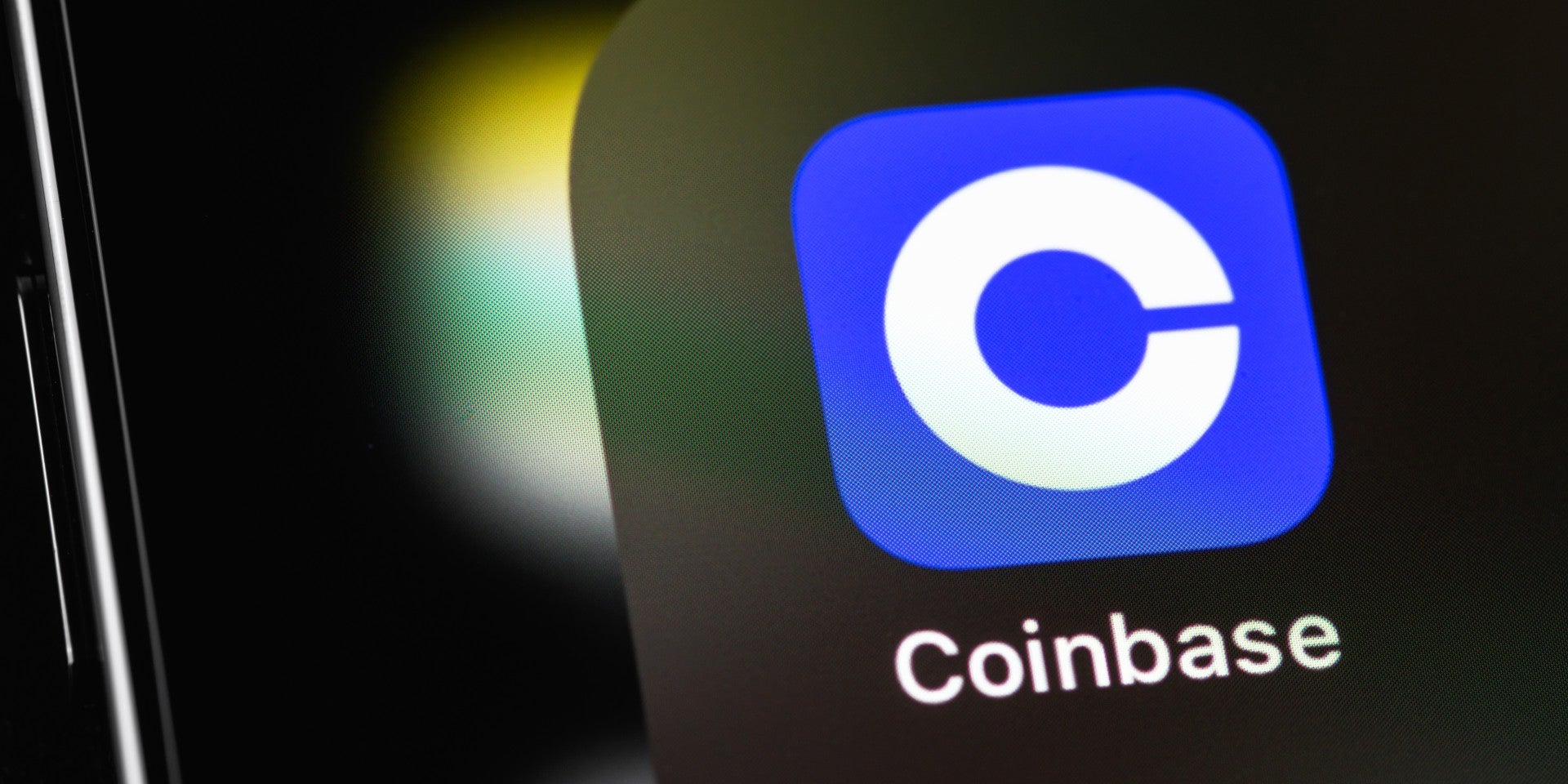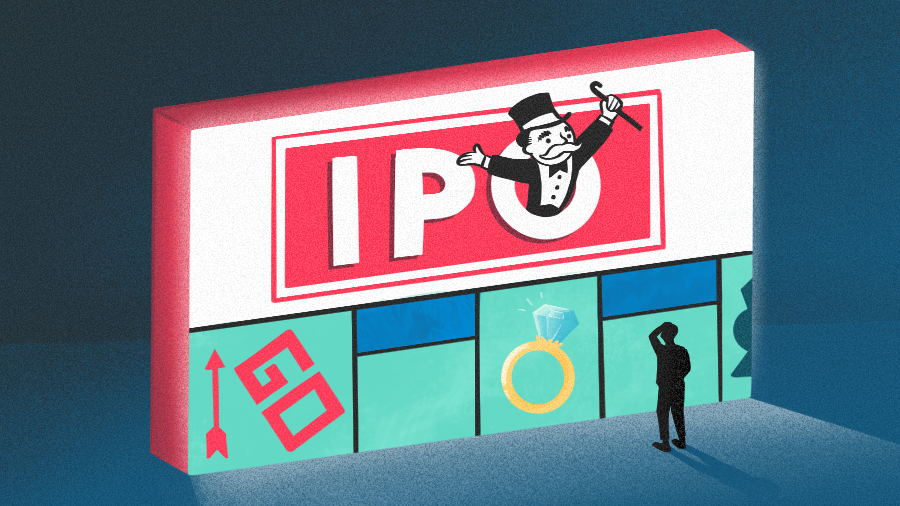The more things change, the more they stay the same, as the French say. That’s certainly the case in enterprise storage.
Here we review the storage supplier profiles published this year on ComputerWeekly.com, and find all the key players building on key themes of the past decade.
These include: flash storage (often QLC for increased density), hybrid cloud operations, storage and backup for containerised apps, as-a-service models of purchasing, and storage for AI workloads.
For each array maker, we look at company history and character, market share and rankings, key storage products, and each supplier’s approach and level of maturity to the cloud, consumption models of procurement, and container storage and data protection.
As in our last survey in 2023, we find players with differing approaches and levels of maturity across all these areas, as well as significant technology refreshes for some suppliers.
While the cloud – and readiness to provide storage there and on-premise – has been a big driver for a few years, recently, the strong trend has been towards support for artificial intelligence processing, and this is reflected in many product technology refreshes.
Data management
Elsewhere, some suppliers – notably NetApp and Pure Storage – have taken the apparently logical step from storage management across the enterprise and the cloud to more explicitly targeting data management.
We also find a new player – Lenovo – which has gone from also-ran to fourth in IDC’s rankings, largely via a strategy of partnering to gain hardware products and a sharp focus on the small and medium-sized enterprises end of the market.
Here are IDC’s external storage system market share rankings for 2023, which were as follows (2022 in brackets):
- Dell 26.1% (29.6%)
- Huawei 9.7% (9%)
- HPE 8.3% (9.9%)
- Lenovo 7.7% (4.1%)
- NetApp 7% (8.3%)
- Pure Storage 6.1% (6%)
- Hitachi Vantara 4.9% (4.4%)
- IBM 4.7% (4.4%)








